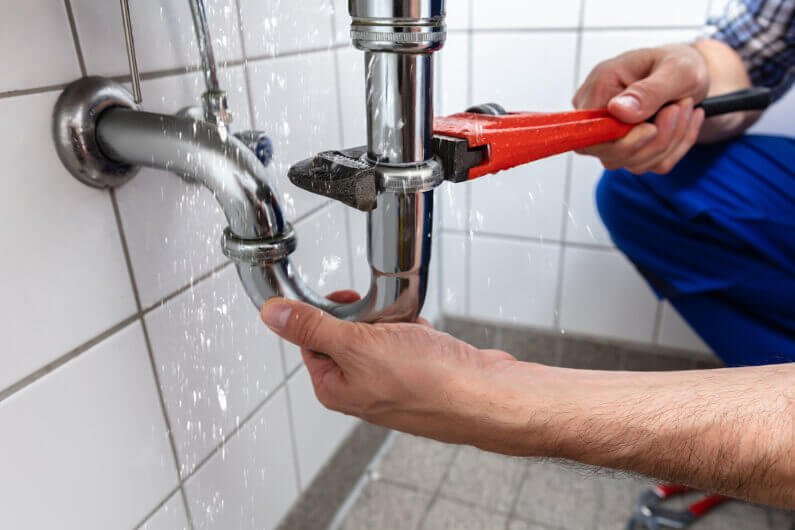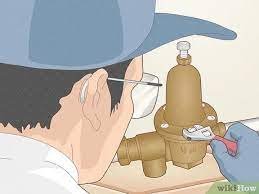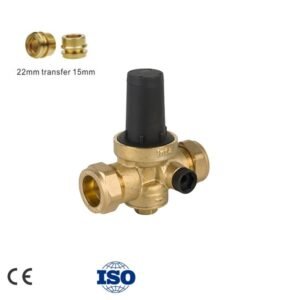Understanding how a water pressure reducing valve works is essential for anyone involved in plumbing, water supply management, or simply homeowners looking to protect their domestic appliances and reduce water consumption. This detailed article delves into the mechanism, importance, and application of water pressure reducing valves (PRVs), aiming to provide a comprehensive overview of their operation.
Introduction
Water pressure reducing valves are critical components in residential, commercial, and industrial water systems. They automatically reduce the high incoming water pressure from city mains to provide a lower, more manageable pressure to a building’s water distribution system. This not only ensures the longevity of plumbing fixtures and appliances by preventing stress and damage but also contributes to water conservation efforts.
The Need for Pressure Reduction
In many areas, the water supplied by municipal systems is at a high pressure necessary to ensure it can reach all areas of the network, including high-rise buildings and water towers. While necessary for distribution, this high pressure can be damaging to plumbing systems within homes and other buildings, leading to leaks, bursts, and the premature failure of appliance valves and seals. High water pressure also leads to unnecessary water wastage. Thus, installing a PRV can mitigate these issues, ensuring a safe and efficient water supply.

The Basic Working Principle of a PRV
At its core, a water pressure reducing valve automatically reduces the incoming water pressure to a set level that is more suitable for the internal plumbing system. It consists of a valve body, a diaphragm or piston, a spring, and an adjustment screw. The mechanism is straightforward:
- High-Pressure Inlet: Water enters the valve from the main supply at high pressure.
- Diaphragm or Piston Action: The incoming pressure exerts force on a diaphragm or piston inside the valve, which is connected to a spring. This diaphragm or piston acts as a barrier between the high-pressure inlet and the low-pressure outlet.
- Pressure Balancing: As the water pressure pushes against the diaphragm or piston, it compresses the spring. The valve is designed so that once the force of the spring balances with the incoming water pressure, it maintains a constant outlet pressure, despite fluctuations in the incoming pressure.
- Adjustment Mechanism: The desired outlet pressure can be set using an adjustment screw, which changes the tension on the spring. This allows for the customization of outlet pressure based on specific requirements.
Components of a PRV
- Valve Body: Made from durable materials like brass or stainless steel, it houses the internal components.
- Diaphragm/Piston: Responds to pressure changes, moving to open or close the valve as needed.
- Spring: Provides the necessary counterforce to the incoming pressure and can be adjusted to set the outlet pressure.
- Adjustment Screw: Allows for the manual setting of the desired outlet pressure.
- Strainer: Many PRVs come with a built-in strainer on the inlet side to filter out debris and prevent valve malfunction.
How PRVs Protect Plumbing Systems
By maintaining a constant, reasonable pressure, PRVs prevent the damage that high pressure can cause to pipes, joints, and appliances. This reduces the risk of leaks, bursts, and the resultant water damage, extending the lifespan of the plumbing system and connected devices. Furthermore, by regulating pressure, PRVs contribute to reducing water consumption and energy costs associated with heating water.
Installation Considerations
Proper installation is crucial for the effective operation of a PRV. They are typically installed where the main water line enters the building, ensuring that the entire system benefits from pressure reduction. Some key points include:
- Orientation: Most PRVs are designed for installation in a specific orientation, usually indicated by an arrow on the valve body.
- Accessibility: Install in a location where it can be easily accessed for maintenance and adjustment.
- Pressure Gauge: Installing pressure gauges on both the inlet and outlet sides can help monitor the valve’s performance and the system’s pressure levels.
Maintenance and Troubleshooting
Regular maintenance ensures the longevity and efficiency of a PRV. This includes periodic checks for leaks, cleaning the strainer, and verifying that the outlet pressure remains within the desired range. Common issues like no pressure reduction or a constant flow of water to the drain might indicate wear and tear on the diaphragm or spring, requiring professional inspection and possibly replacement of parts.
Conclusion
Water pressure reducing valves play a pivotal role in ensuring the integrity and efficiency of water supply systems. By understanding their operation, components, and maintenance requirements, homeowners and professionals can ensure that their plumbing systems are protected against the detrimental effects of high water pressure, thereby conserving water and reducing the risk of damage. In doing so, PRVs not only safeguard personal property but also contribute to the broader goal of water conservation and environmental protection.






